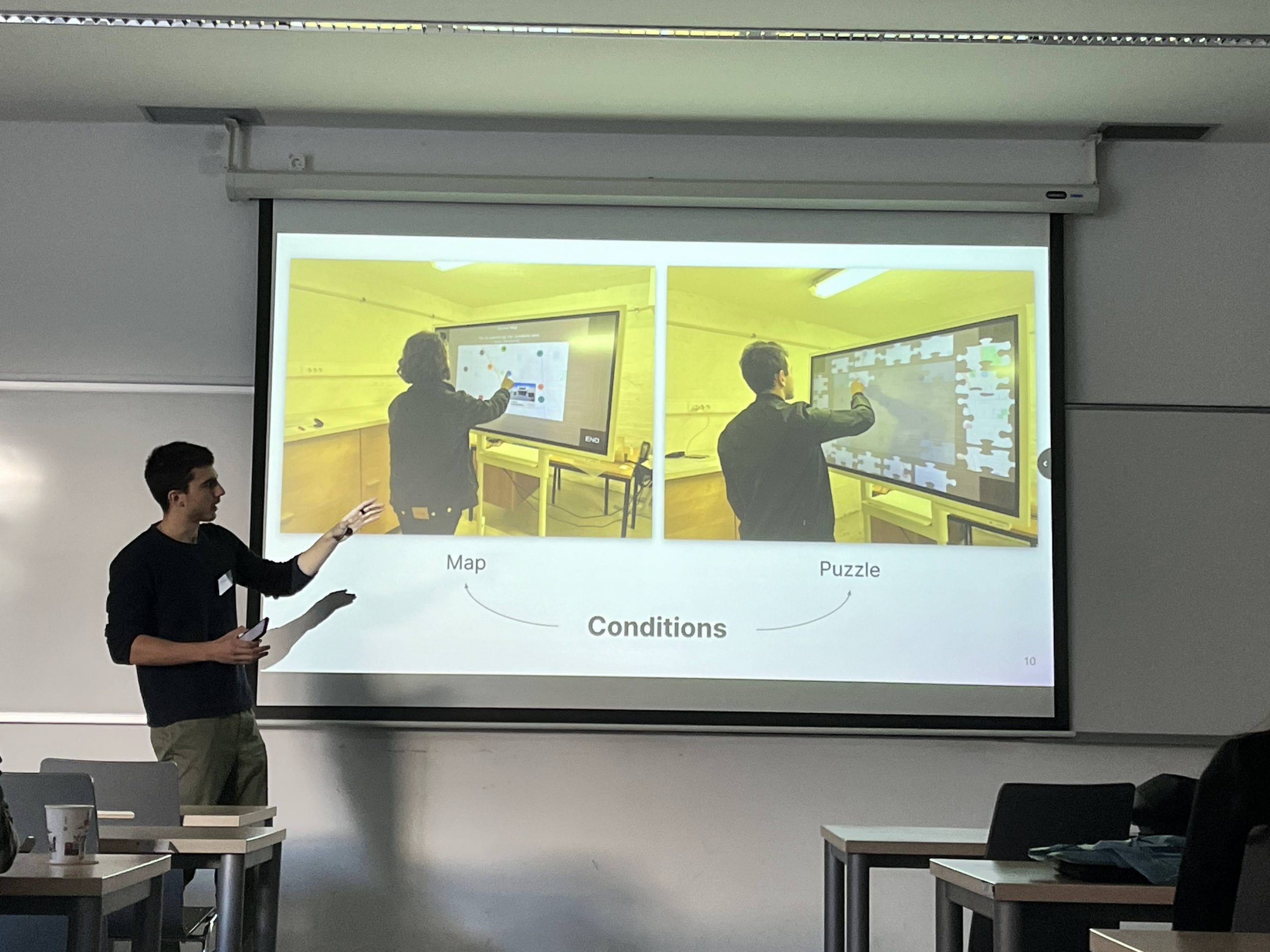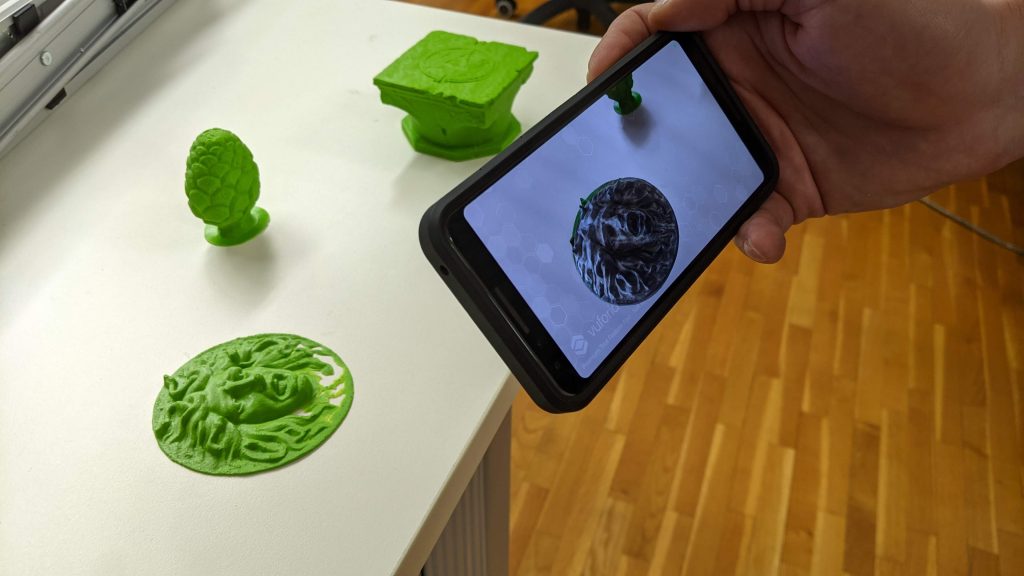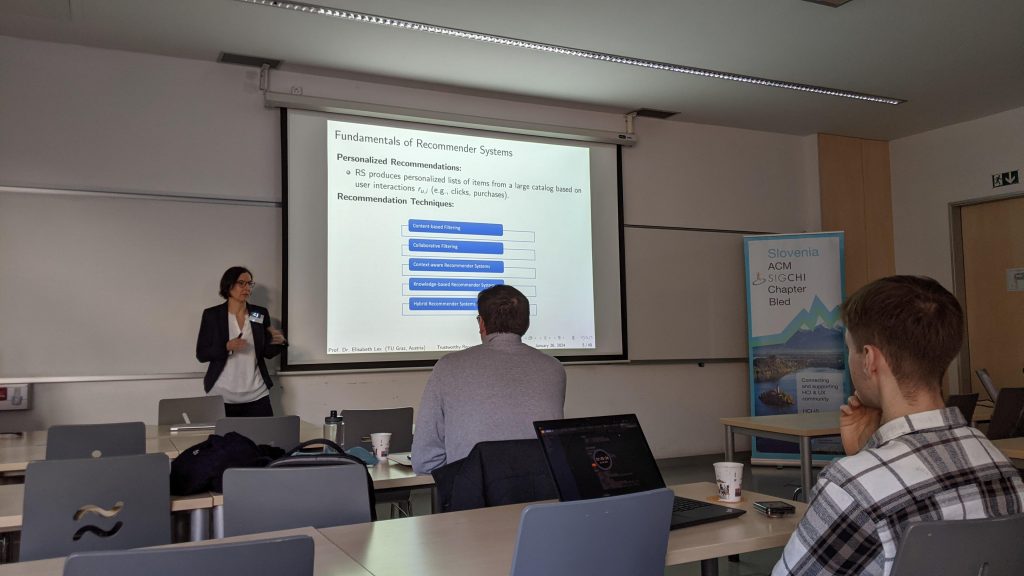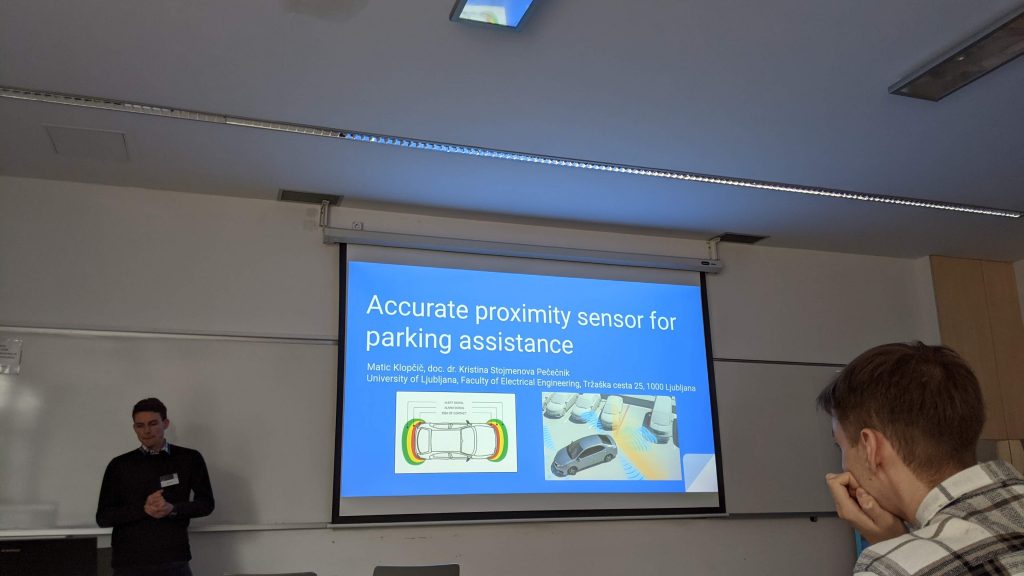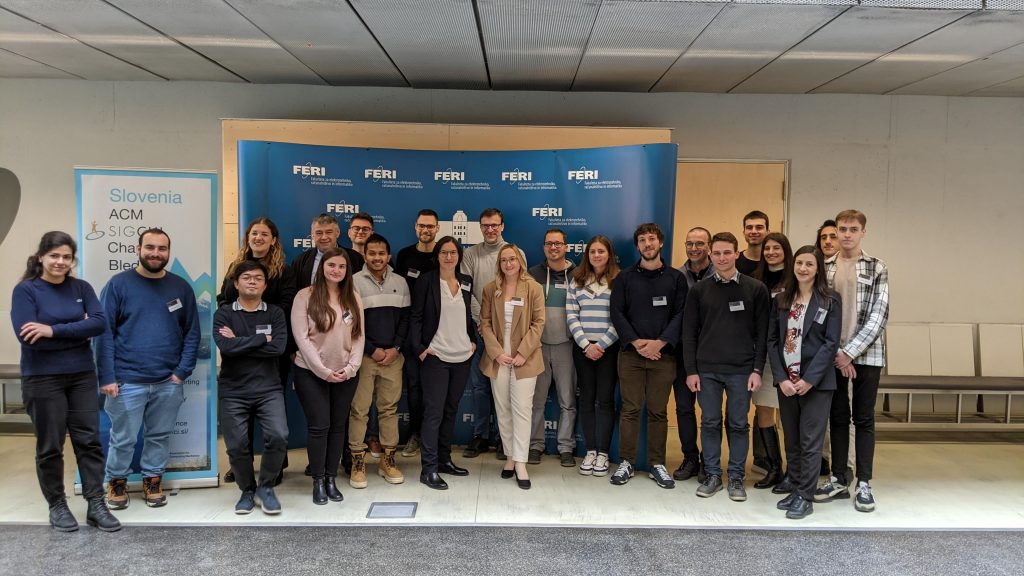The 8th HCI SI conference took place on Friday, January 26, 2024, hosted at the University of Maribor, Faculty of Electrical Engineering and Computer Science. The program delved into a diverse array of topics within the field of Human-Computer Interaction (HCI). These included investigations into methods for evaluating driver’s situational awareness and enhancing the precision of proximity sensors for vehicle parking assistance, utilising augmented reality for visualizing human anatomy, enhancing digital content with 3D-printed physical counterparts, improving the learning process of piano improvisation, and various other subjects. The keynote address was delivered by Dr. Elisabeth Lex from Graz University of Technology. Her presentation, titled “Trustworthy Recommender Systems,” provided attendees with insights into how recent research and emerging regulations in AI technologies impact ethical considerations such as bias, fairness, and privacy in the development of recommender systems.
See you!
